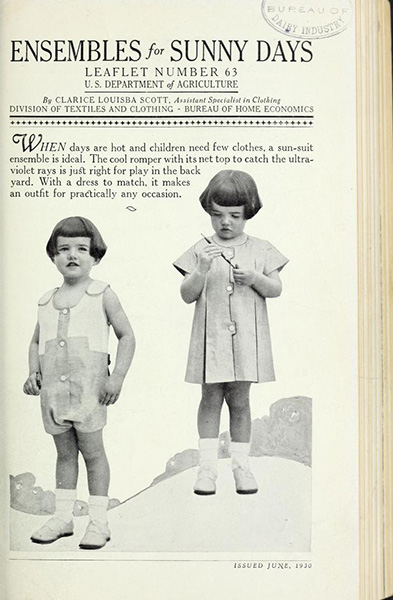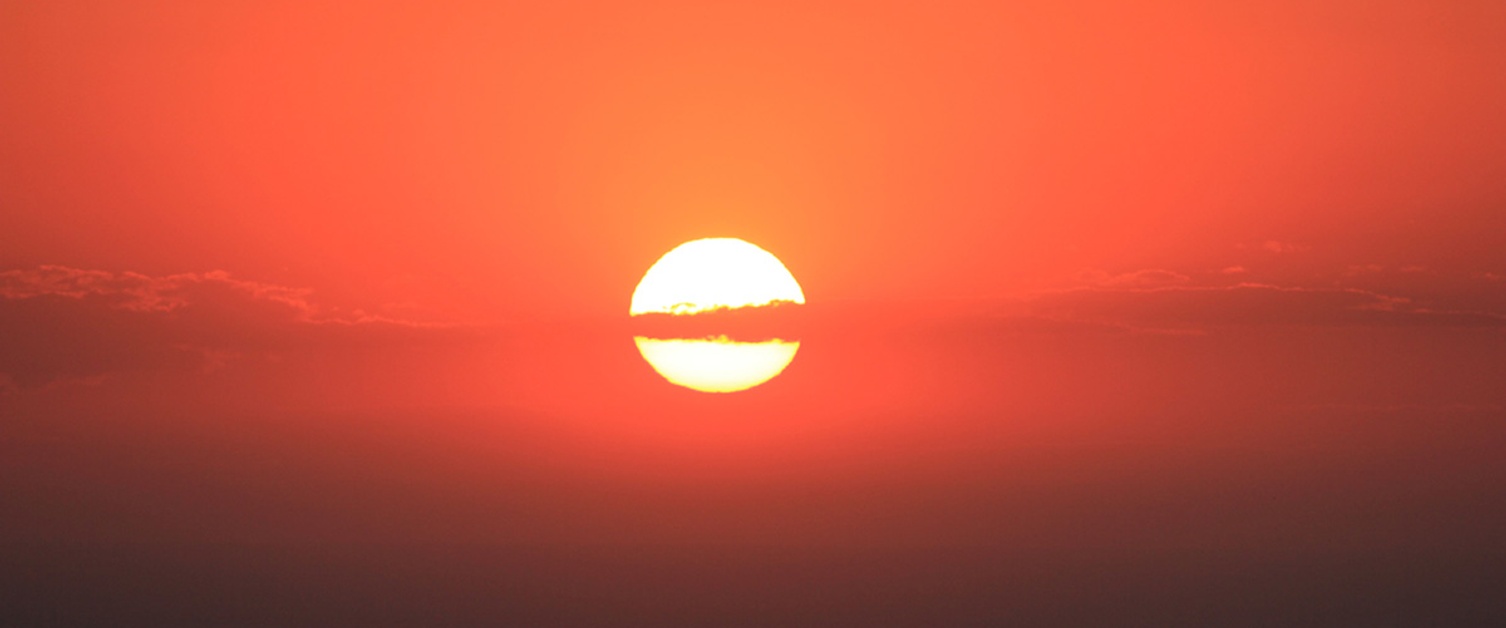Take More Sunshine!
- By AMS Staff
- Feb 2, 2021
A bit of health advice that was published especially for the weather weenies of 1928:
The cloudiness of May and June in the East has given more point to the increasingly numerous recommendations of physicians to take more sunshine for the good of one's health. In fact, a Boston club one cloudy, chilly week late in May stopped advertising its swimming pool as its chief attraction, and started to lay emphasis on the value of bathing in the rays of a "sunlight" lamp. The ultra-violet rays in natural sunshine are particularly needed by mothers and infants, but is hardly less valuable to others.
"Heliotherapy is much more than a bath in sunlight," says Dr. Clarence L. Hyde. Treatment with artificial lights, while it may reproduce the rays, cannot equal actual sunlight treatment which is accompanied by changing air currents, differences in atmospheric temperatures and humidity, and constant variations in the sunlight itself.
What is the best means for getting sunshine ultra-violet? The first care is not to get too much at the beginning: enthusiastic exposure on a bright day in summer may give severe burns and fever. Thus, one should prepare himself for a vacation in the open by preliminary graduated exposures. A private, roofless porch offers one of the best opportunities, though in summer it may become too hot during the midday hours. Experiments on clothing are summarized as follows by Science Service:
To be bathed by the beneficial ultra-violet rays, wear open-weave fabric.
To test the claims that artificial silk cloth allowed large amounts of the health-giving, short wave lengths of sunlight to pass through, various fabrics were submitted to test at the National Bureau of Standards. Cotton was found to be nearly as transparent to the ultra-violet light as viscose and cellulose acetate, and real silk had about the same transparency as cotton. The viscose artificial silk was more transparent than that made from cellulose acetate, but the maximum transparency was only 27 per cent. Dyes or the yellowing due to age was found to reduce the transmission to only about 5 to 10 per cent, and in most fabrics the threads occupy 95 to 99 per cent of the total space.
The experts concluded that the composition of the fabric is of less importance than the coarseness of weave. Scientists working at the Kansas State Agricultural College found that while protection from sunburn depends primarily on the looseness of the weave, the vegetable fibers transmit some of the rays—while the animal fibers absorb more.
The sun suit, a recent invention of the Bureau of Home Economics, United States Department of Agriculture, adds to the comfort and health of children. This suit has style in cut and color, but that is not its real purpose.
Through the sleeveless, open-mesh waists of these suits, ultra-violet rays from direct sunlight can penetrate and change chemical substances in the skin to Vitamin D. This so-called vitamin D in turn enables the child to use calcium and phosphorus from his food more efficiently and grow better bones and teeth. If the child has a tendency toward rickets, the ultra-violet rays will help prevent or cure. These sun suits, however, are not for sick children, but to help well children and to make sun baths possible at play in town or country.
Wear a sun-suit if you like, "But let the little colt go bare."—C. F. B.
"Sun-suit ensembles are not only convenient and comfortable; they are healthful. Advantage may be taken of the sunlight at any time, and the outer garment may be put on quickly when needed. Energy needed for growth is not wasted by allowing the child to become either too warm or chilly."
- Clarice Louisba Scott, writing for the U.S. Department of Agriculture

